For some time now, it has been possible to define in the lamp settings in the Hue app what should happen after the lamps lose power and are then switched on again. Should the Hue lamp light up in the last setting? Should it stay off if it was off? Or continue in standard white?
Actually, this setting is intended for power outages. However, many users also use the option to de-energise their smart light bulbs with a classic light switch and switch them on again in a specific light setting. However, this can lead to problems, as an email from Hueblog reader Ali shows:
I have made all the settings accordingly and when I switch on the lamp, the last setting also comes back. But when I switch the light off and on again afterwards, the lamp lights up with standard white. Why does it no longer work the second time with the switch-on behaviour?
My answer to this concern is: “It’s Not a Bug, It’s a Feature”. The behaviour described here is indeed intentional and can be illustrated very well with a small example.
Imagine that there is an emergency in your home and you have selected the switch-on behaviour so that it retains the last setting. Possibly heavily dimmed so that it remains dark in the room when rescue workers flick the light switch. Their natural reaction? The light switch is flicked one or two more times. And it is precisely with this rapid sequence that the standard white is switched on again.
Certainly, this should only happen extremely rarely in most households. But if the worst comes to the worst, this behaviour is extremely important.
The Hue wall switch module is a very good solution
In general, I cannot recommend switching a smart ceiling light off and on with the classic light switch. After all, the Hue lamps are no longer accessible when they are disconnected from the power. Control by voice and app or by automation, perhaps also with the new Mimic Presence, are then no longer possible.
Meanwhile, it is no longer a big challenge to convert classic light switches and make them smart. With the Philips Hue wall switch module, this can be done within a few minutes. The module is already available in stores for a good 30 euros.


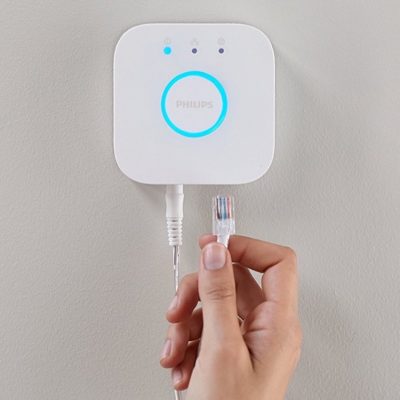

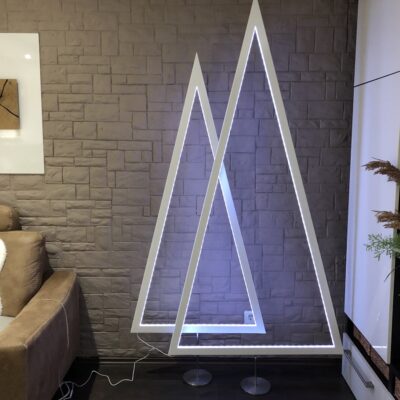
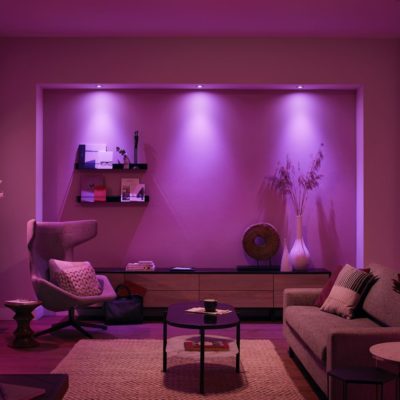

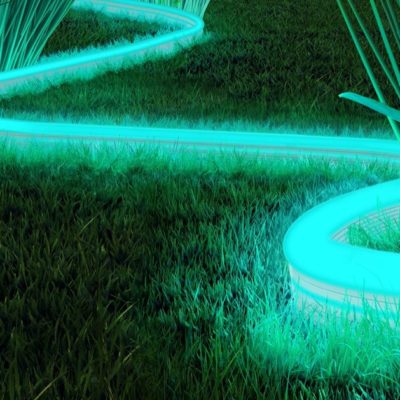
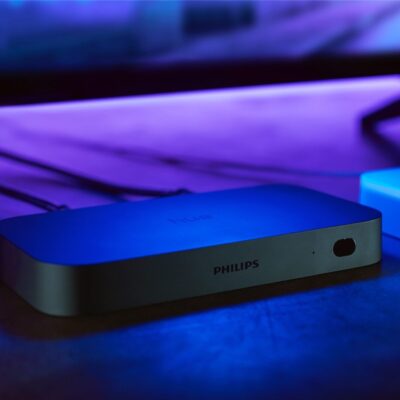

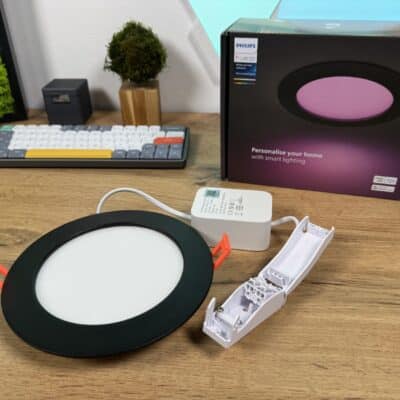

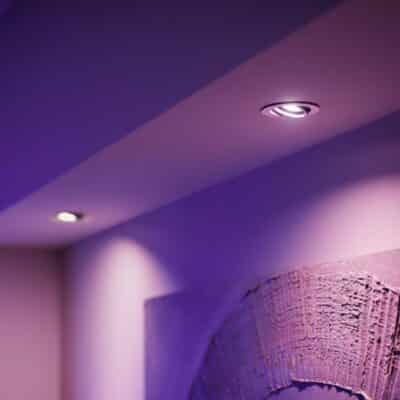


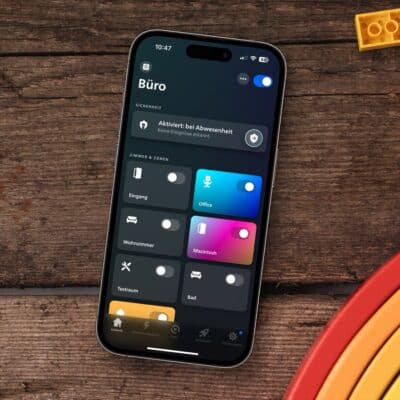
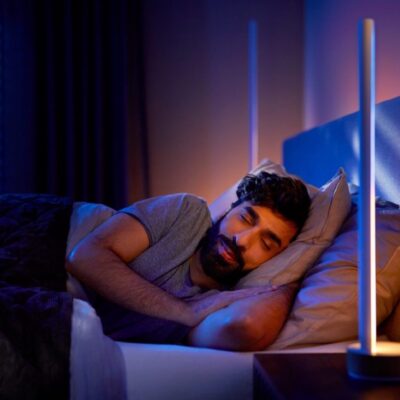
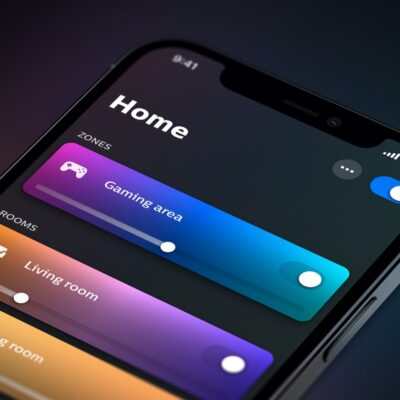



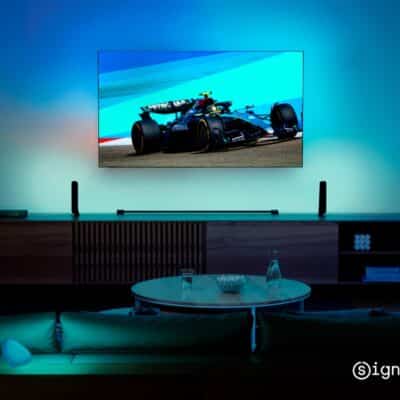
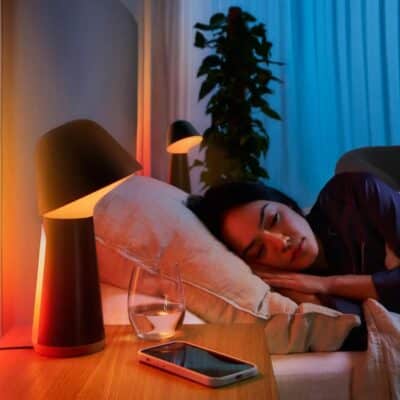
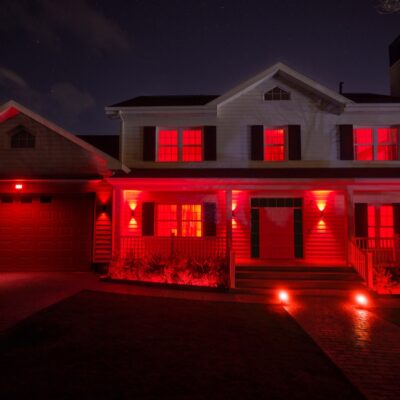

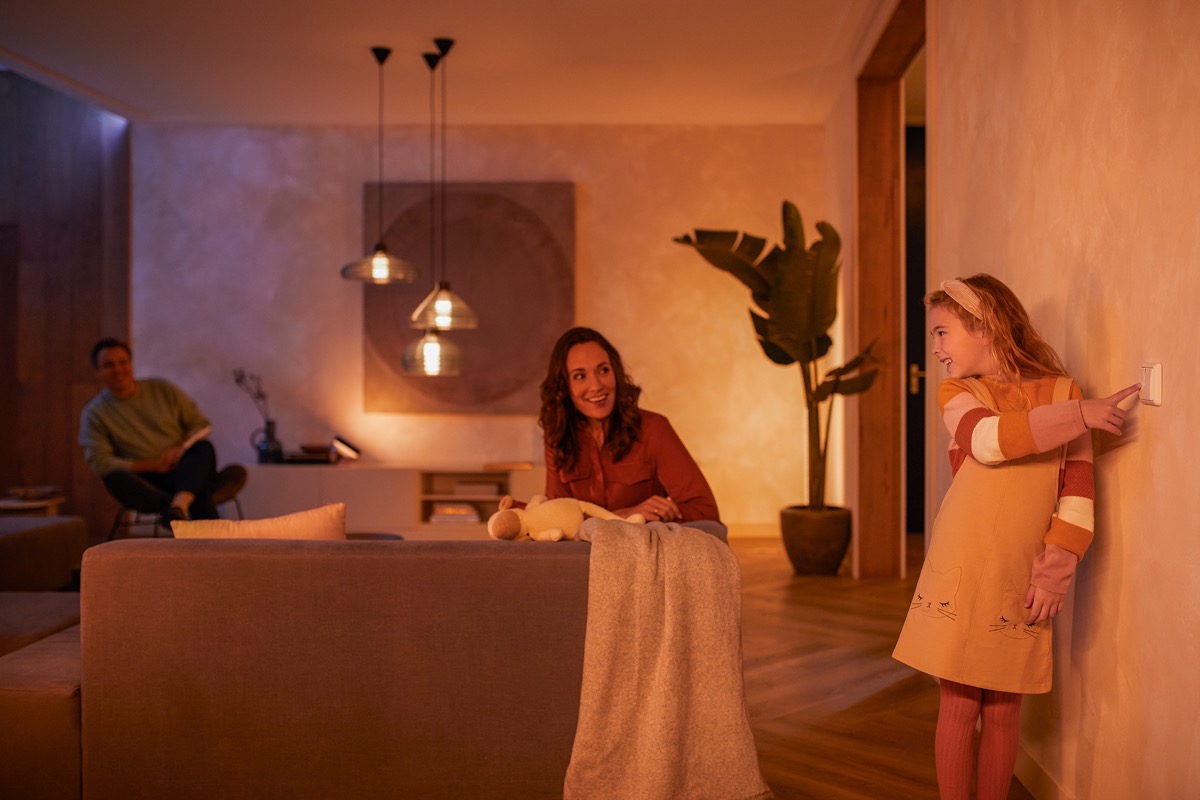
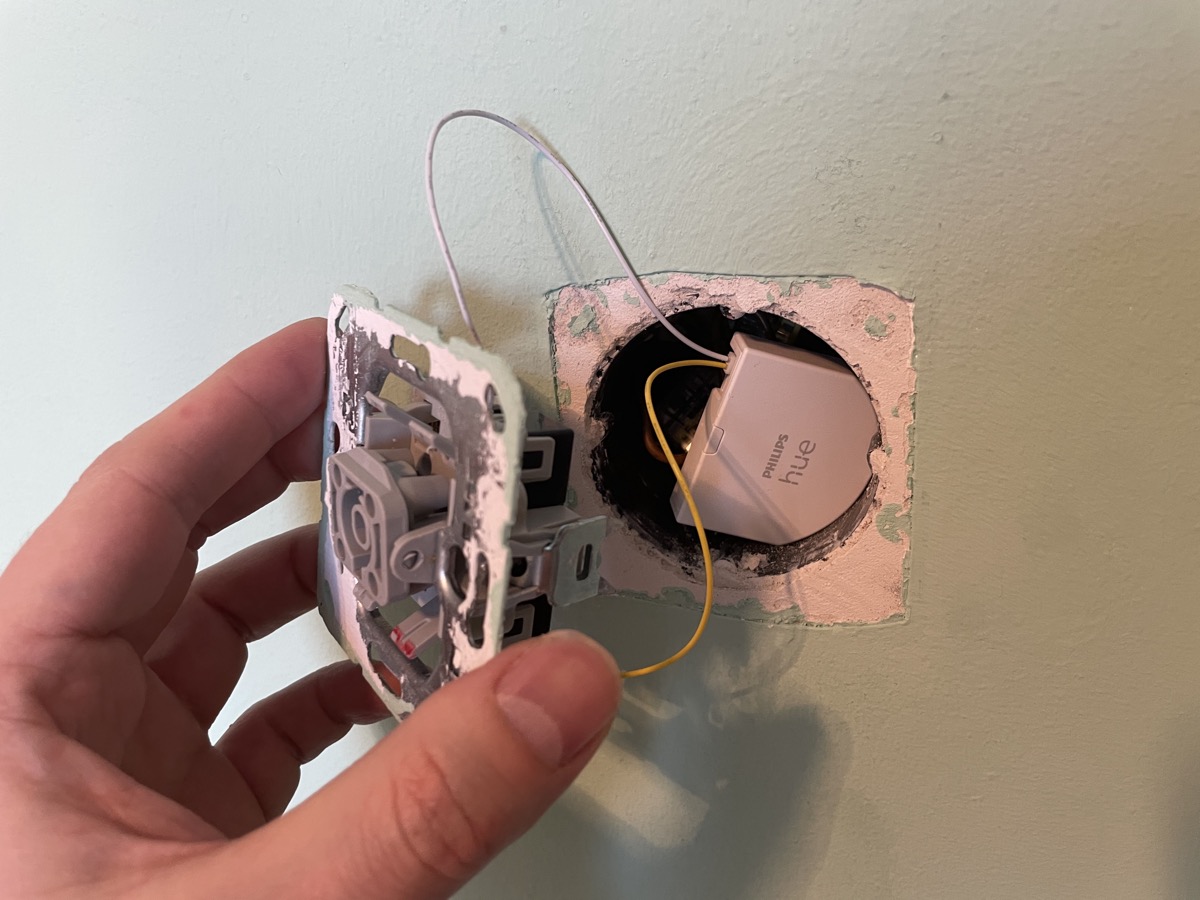
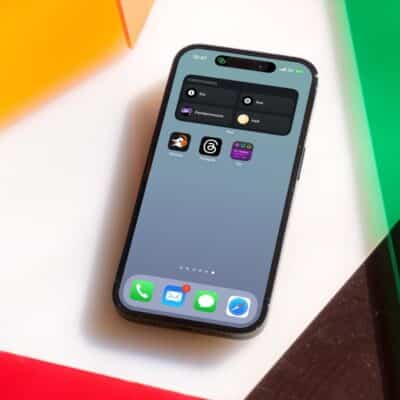
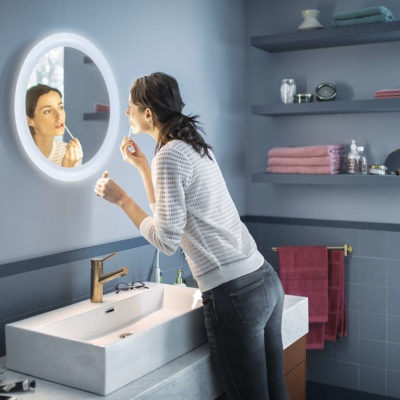

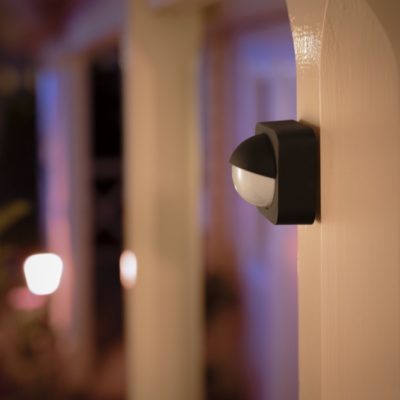
Has everyone here already tried to use longer cables to connect the Philips Hue wall switch to a switch. I tried with basic 1mm cables (2m) and it appeared to work quite well, allowing me to place the 2 PH wall switches in a better location (quite useful knowing that the batteries have to be changed every 5 years). Cheers
Ridiculous. It is no wonder Philips home automation segment died off so many years ago. Can’t even get the simplest things right.
A solid state device simply uses non-volatile bit holders to retain data. So as long as the light switch isn’t being flipped too often, their is no excuse for the unreliable behavior I have with my Hue light “power on behavior.”
I use Z-wave switches. I do. want the crappy Hue module. I want Hue to fix the problem. I can use our master bedroom light and have it work correctly, come back 4 hours later and click it ONCE and it default to the dingy white. It does this frequently enough to be seriously irritating. So does out living room light.
And the idea that emergency responders need you meddling with things to “keep us safe” is beyond ridiculous.
Back before you killed your home automation unit, your software wouldn’t install on 64bit Windows systems. The simple fix? Check a compatibility box during compiling the executable. I emailed them numerous times with the answer. Never once heard back, nor was the problem ever fixed before they went out of business.
I have loved my hue system for year because it worked for me (techy) and my partner (not techy) removing this feature or as you’re trying to say adding it really breaks my entire system. Say I got to bed and tell my voice assistant to turn all lights off. Then someone wants to use the traditional light switch say in an emergency they can’t because it’s stuck off in the app, they would have to tell the smart assistant to turn it on. I think this is more unsafe and needs changed. Being 100% reliant on smart system for light in a house ruins this system. I have 32 bulbs throughout my house and a hue sync with 3 gradient strips. Please please bring this feature back I never had a issue till now.
real stupid reasoning from your side.
Your reasoning honestly doesn’t sound valid to me. Are we talking emergency states where troopers of whatever kind enters your home, then they’re most certainly bringing lights on their own to not rely on if there’s even a functional switch upon entering.
But let’s just pretend you’re right about this weird rational. Then it would still only make sense the way you mention yourself – that this feature kicks in when flicking the switch on-off-on in a somewhat quick sequence.
But this isn’t just the case. The situation is precisely the same when you flicked it on (for however long) the flicked it off (for however long – maybe a full day) and then flicks it on again. Surely this behavior doesn’t have any good explanation?!?
And no way I’m going to pay for and install stuff in the wall when this is a bug that could so easily be fixed by Philips.
I use a combination of my hue remotes and the actual power switch to combine convenience and energy savings. Should not be forced to additional stand-by energy than necessary.
This is stupid. Why we can’t set specific color for the power on default setting. The reasoning is stupid. I have spent almost 700 euros for these bulbs. Very disappointed of Philips as a brand.
Also i have multiple dual button switches on the wall. There is no way to fit the wall switch modules behind the socket. Aa far it goes, HUE product are unusable in my household. Why can’t we choose our own setting? Very, very disappointed. These. are not smart bulbs. These are bulbs that have software that make stupid decisions for the customer. To say “It’s Not a Bug, It’s a Feature” is completely insulting.